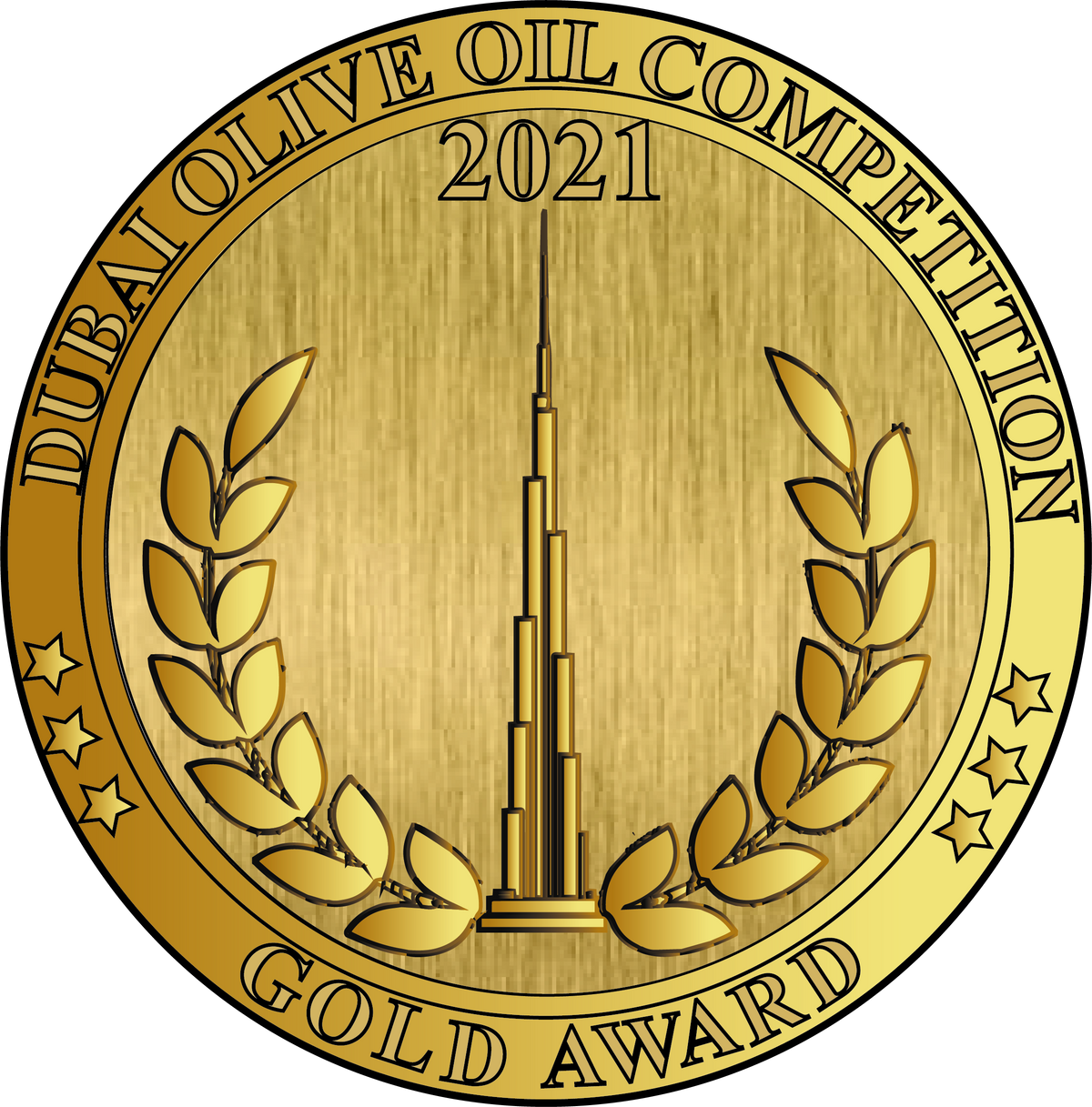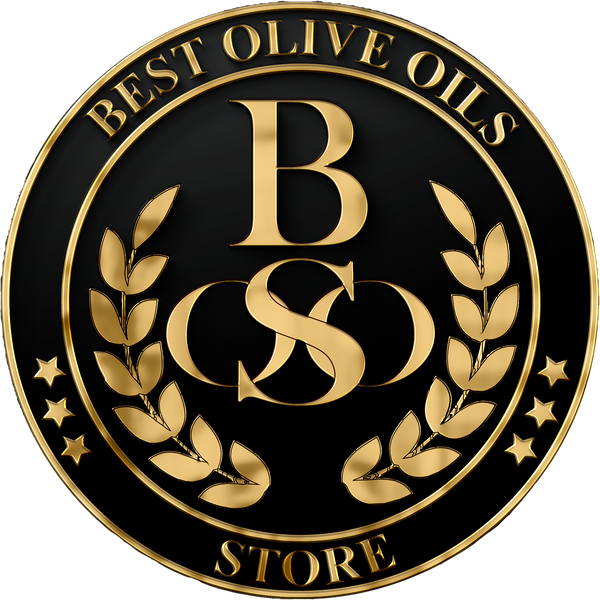
Verde Louro
AWARDS





Discover the Verde Louro farm
It is on the Fazenda Mato Grande, in the city of Canguçu / RS that for years they have been growing under the sun of the pampas, olive trees of a special type, which have adapted perfectly to the climate of southern Brazil.
The seedlings were planted following strict technical criteria and their growth is closely monitored by specialized professionals.
The privileged region with a subtropical climate and low rainfall throughout the year, combined with the special properties of the soil, make it the ideal place for planting high quality olive trees.
In this exclusive place, surrounded by this atmosphere of care and attention, a dream is cultivated: to produce 100% Brazilian extra virgin olive oil with the quality of the best oils in the world.


OUR PRODUCTS
The Manufacturing Process
1. Early harvest
To guarantee an even more unique and traditional flavor, we work with precocious fruits. The harvest is done between March and May, which is in keeping with the best season for the olives, just before it is fully ripe, making it perfect for the production of our olive oil. In this way we preserve its properties and emphasize its aromas and flavor. In the production of Azeites Verde Louro we use four types of olives: Arbequina, Arbosana, Limited Edition Blend and Koroneike, each with its own characteristics, thus extracting an extra virgin olive oil with unique quality and aromas.


2. Selection
After harvesting, the olives are cleaned, washed and weighed. This is a quick process and the average time between harvesting and processing the fruit is 5 hours. Thermomixing, a step that comes after weighing, is where the olives begin to turn into Extra Virgin Olive Oil Green Louro, being beaten slowly and continuously.
3. Extraction
3. Extraction Our extraction is done through cold pressure, taking care to be enough and not change the unique flavor of the oil with compounds that can be found in the pulp and seeds of the fruit. The olive mass is temperature-controlled, never exceeding 28C, thus preserving its volatile compounds, responsible for the aroma and flavor.


4. Acidity
One of the chemical parameters for evaluating olive oil is its acidity. The lower the rate, the better the indications of the quality of the olives and that the processes carried out preserve them. A low acidity indicates the excellent quality of the fruit, the correct extraction process and total control in the planting.
www.verdelouroazeites.com.br








